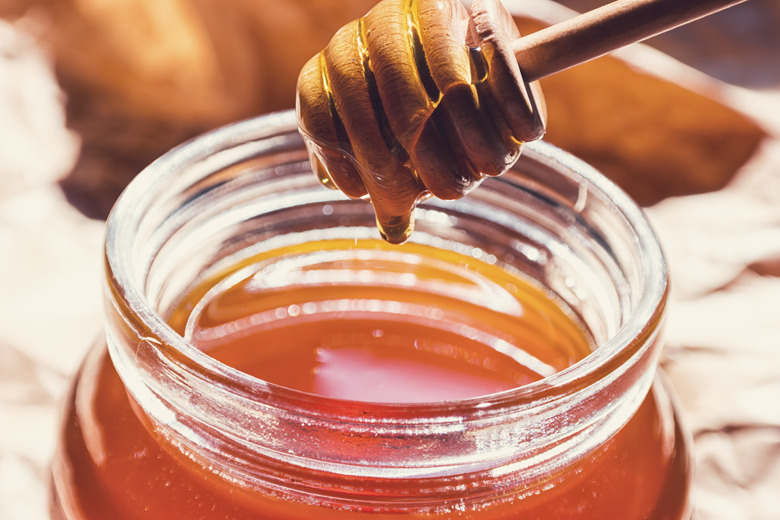How To Convert From Centistoke To Centipoise
Viscosity is an important parameter in fluid dynamics – so important that scientists working in the field define two different kinds, each with its own units. A common unit for measuring dynamic viscosity is the poise (P), which is equal to 1 gram per centimeter-second. A corresponding unit for kinematic viscosity is the stoke (St), which is equivalent to 1 centimeter2 per second. Both units are large and, for practical purposes, it's more common to use the centipoise (cP) and centistoke (cSt), which are equal to one one-hundredth of the corresponding whole unit. An easy way to convert from kinematic to dynamic viscosity is to multiply the value in centistokes by the specific gravity of the liquid to get the corresponding value in centipoise.
Two Kinds of Viscosity
Two Kinds of Viscosity
The definition of dynamic – or absolute – viscosity is the tangential force per unit area it takes to move one horizontal plane of a fluid with respect to another plane at a unit velocity while maintaining a unit distance between the planes. In other words, it's a measure of the fluid's internal resistance to flow. Anyone who has tried to move a knife through molasses knows that it has a higher dynamic viscosity than water.
Kinematic viscosity is defined as the ratio of dynamic viscosity to density. Two fluids with the same dynamic viscosity can have very different values for kinematic viscosity, depending on their densities.
Measuring Viscosity
Measuring Viscosity
To measure dynamic viscosity, some type of known external force must be applied. A common way to measure this quantity is to rotate a probe in the liquid and measure the amount of torque, or rotational force, needed to move the probe at a certain speed. Since kinematic viscosity does not depend on motion or an external force other than the force of gravity, a common way to measure it is to allow the fluid to flow through a calibrated capillary tube.
When measuring dynamic and kinematic viscosity, it's important to take the temperature into account, because viscosity varies with temperature.
Specific Gravity Makes Converting Easier
Specific Gravity Makes Converting Easier
The specific gravity of a fluid, gas or solid is its density divided by the density of water. Since water has a density of 1 g/cm3 (1g/ml), specific gravity is a dimensionless value essentially equal to the density. This shortcut makes it easier to keep track of units when converting from dynamic to kinematic viscosity and vice versa. For any fluid, the kinematic viscosity in centistokes X specific gravity = the dynamic viscosity in centipoise. If you do the same calculation using density instead of specific gravity, you have to convert the viscosity in centistokes to stokes, multiply by the density of the fluid in g/ml, and convert the result in poise back to centipoise.
Some Examples
Some Examples
In the case of water, converting between centistokes and centipoise is easy because water has a specific gravity of 1. The kinematic viscosity of water at 70 degrees Fahrenheit (21 degrees Celsius) is 1 centistoke, and the dynamic viscosity is 1 centipoise.
At 68 degrees Fahrenheit (20 degrees Celsius), honey has a density of 1.42 g/ml (specific gravity 1.42). Its dynamic viscosity is 10,000 cP, so its kinematic viscosity is 10,000 cp /1.42 = 7,042 cSt.
Cite This Article
MLA
Deziel, Chris. "How To Convert From Centistoke To Centipoise" sciencing.com, https://www.sciencing.com/convert-centistoke-centipoise-8279085/. 13 March 2018.
APA
Deziel, Chris. (2018, March 13). How To Convert From Centistoke To Centipoise. sciencing.com. Retrieved from https://www.sciencing.com/convert-centistoke-centipoise-8279085/
Chicago
Deziel, Chris. How To Convert From Centistoke To Centipoise last modified August 30, 2022. https://www.sciencing.com/convert-centistoke-centipoise-8279085/
